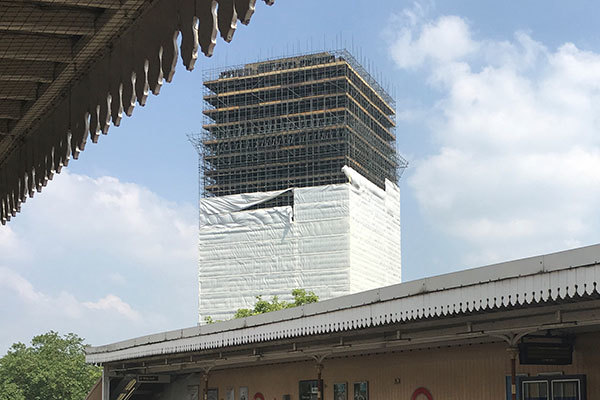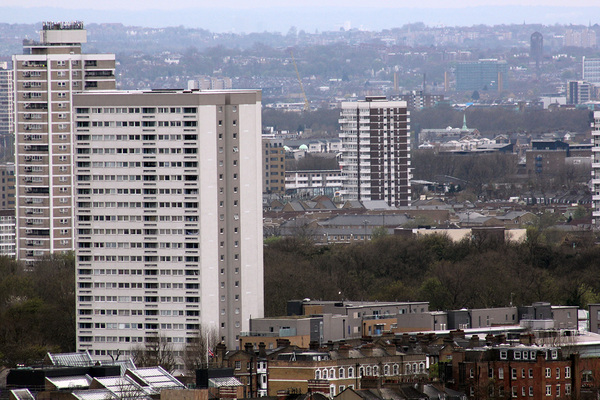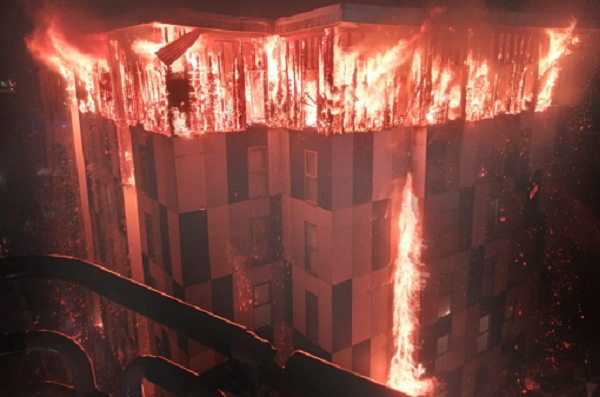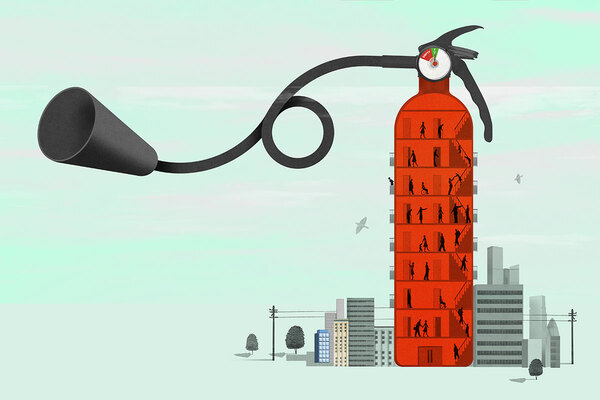What role can new evacuation alert systems play in preventing another Grenfell?
For densely populated high rises, an effective evacuation is vital. Andy Scott from C-TEC explains how this can be organised
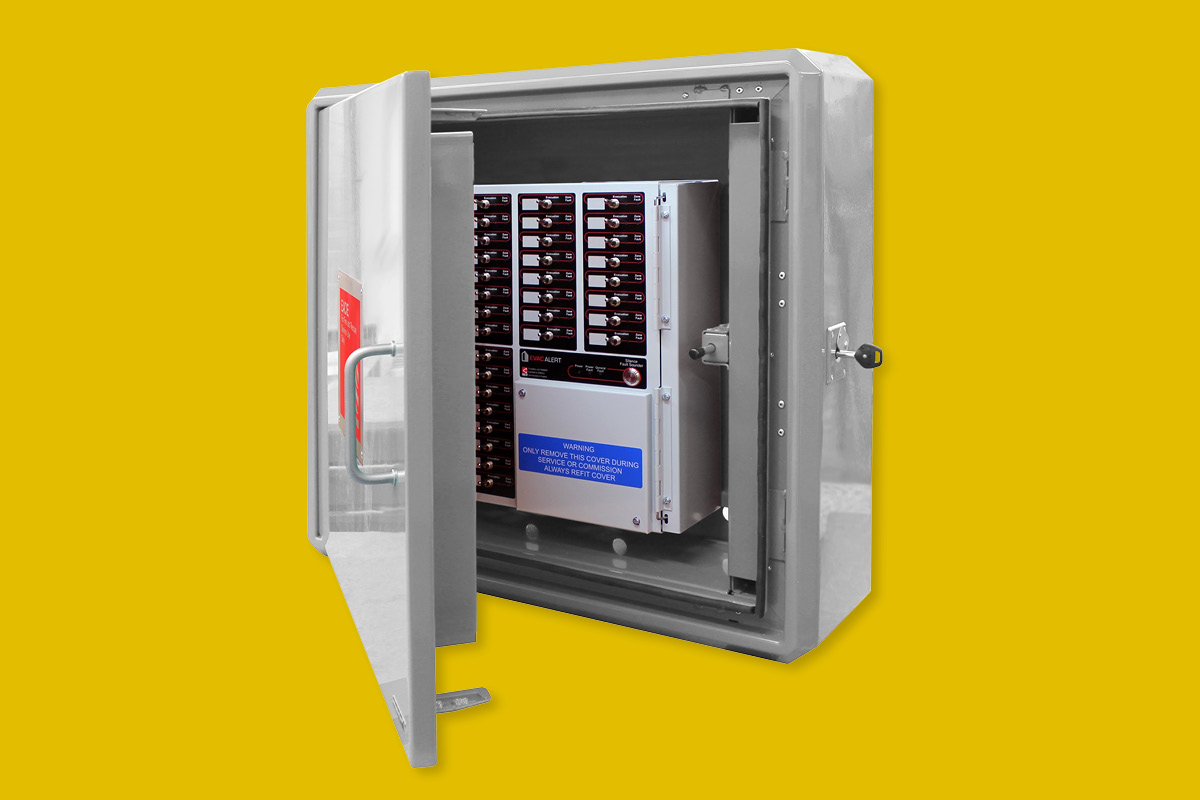
In association with:

Following recommendations made during the Grenfell Tower Inquiry, it is now a legal requirement in Scotland to have an evacuation alert system in a property higher than 18m, and it is strongly recommended for the rest of
the UK.
This system is not to be confused with a fire detector or alarm, but instead helps firefighters effectively evacuate a building once on site by informing residents on how and when to leave their property or whether to ‘stay put’.
Andy Scott from C-TEC, a company that makes equipment such as fire alarms and other electronic safety systems, talks about this vital development for the sector.
In November 2019, a new British Standard (BS) was published for evacuation alert systems in the UK. Can you explain how it came about and how the housing association sector is responding?
After the Grenfell Tower fire, the Scottish government quickly brought in a law requiring manual evacuation systems to be installed in new residential buildings taller than 18 metres.
This meant a standard was needed to ensure these systems would be effective, so BS 8629 was quickly written so it would be available when the law came into effect.
Following this, the Grenfell Tower Inquiry report was published, and it recommended that evacuation systems should be installed in all new and existing high-rise residential buildings.
What is an evacuation alert system?
An evacuation alert system is a manually controlled system that allows the fire service to set off evacuation alert sounders in groups of flats, usually a floor at a time.
Currently, the only way the fire service can evacuate a building that does not have a communal fire alarm is to knock on the door of each flat, which puts firefighters at risk and, in a serious fire, may not even be possible, leaving residents unsure of whether it is safer to stay put or leave.
The fire service will only use the evacuation alert system if they do not have enough resources to fight a fire effectively or if a fire is getting out of control, so it’s a last resort that may be used hours after a fire first starts.
This is in contrast to a normal fire alarm system, which operates shortly after a fire starts.
Are fire alarms currently installed in purpose-built blocks of flats?
Many people think that fire alarms are installed because they can see smoke detectors in corridors. However, these are not normally linked to a fire alarm; rather they control ventilation systems that are used to clear smoke from corridors.
When modern high-rise blocks were first built, guidance said that as long as fire-resistant construction was used, people would be safe in their flats, but should be able to leave safely if they wished.
Later, automatic fire detection and fire alarms were installed in common areas of some blocks of flats, but problems occurred such as false alarms and vandalism.
After this, domestic smoke alarms were introduced, and these give residents the opportunity to leave their flat and call the fire service, which will normally extinguish the fire before it breaches compartmentation, although the alarms do not help people who are unable to self-evacuate.
Domestic fire alarms definitely save lives, but they do not warn anyone outside a flat that is on fire, or which flat it is, which they could if they were connected to a communal fire alarm.
However, there are still some concerns that automatic fire alarms will cause unnecessary evacuations, which may be more dangerous than staying put, hence the introduction of the evacuation alert system.
Are people at more risk than before the Grenfell Tower fire?
The hazards that are being identified in buildings were mostly present before the Grenfell Tower fire and so the risks to buildings once a fire starts have not changed.
However, the risk of a fire starting, and the consequences if it does, have been changing for several years because the number of electronic gadgets we all own has risen significantly.
Some devices, such as phone or laptop chargers, many of which are imported without adequate safety checks, are dangerous and can catch fire, which means fires can start in almost any room.
The fire load in our homes – which is a way of establishing the potential severity of a hypothetical future fire – has also increased and changed from mainly natural products such as wood in furniture and wool in carpets to synthetic products made from oil, which give off invisible poisonous hydrogen cyanide when they burn.
And what are the main benefits of having such a system installed for landlords and their tenants?
It gives peace of mind that there is a Plan B if everything else goes wrong, not just for occupants, but also for the fire service.
We have all heard about the problems with cladding, but other problems are being identified, mainly to do with poor fire compartmentation, and it may not be possible to fix all of them so there will be a continuing risk, which an evacuation alert system can help mitigate.
How will this system tie in with other active fire precautions? For example, can it be integrated with domestic fire alarms or with communal fire alarms?
The fire service is concerned that the fire alarm industry will not understand how an evacuation alert system differs from a normal fire alarm and may install systems that don’t work properly when needed, so BS 8629 says the evacuation alert system should be standalone.
However, since these alarms are new, this will be reviewed in late 2021 when some experience has been gained.
From my perspective, the type of integration that would improve safety is important.
For instance, certain types of domestic fire alarms could be connected to the evacuation alert system
and their status information could be gathered offsite and analysed, so that any potential risks can be identified.
Also, heat detectors in flats, which only trigger in a real fire, could be connected to the system, which could then signal to an alarm receiving centre, resulting in the fire service being called out sooner.
